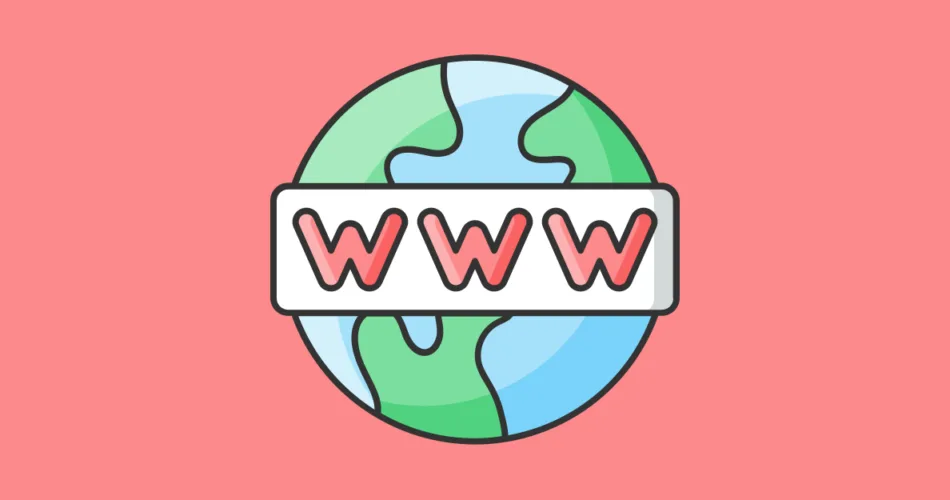When it comes to network communication in Java, two fundamental protocols stand out: TCP (Transmission Control Protocol) and UDP (User Datagram Protocol). These protocols play a crucial role in facilitating data exchange between devices over a network. In this post, we will explore the differences, use cases, and examples of TCP and UDP protocols in Java networking.
Understanding TCP (Transmission Control Protocol)
TCP is a reliable and connection-oriented protocol that ensures data integrity during transmission. It guarantees that data sent from one device will be received by the other device in the same order without any loss or duplication. This reliability is achieved by establishing a connection between sender and receiver before data transmission.
When using TCP in Java networking, the Socket and ServerSocket classes are commonly used. The client-side Socket is used to initiate a connection with the server-side ServerSocket. This connection is maintained throughout the communication, allowing data to be sent back and forth.
Understanding UDP (User Datagram Protocol)
UDP, on the other hand, is a connectionless and lightweight protocol that focuses on speed and efficiency. Unlike TCP, UDP does not establish a connection before data transmission. Instead, it sends data as discrete units called datagrams, without any guarantees of delivery, order, or duplicate prevention.
UDP is often used in scenarios where speed is crucial, such as online gaming, streaming, and real-time communication. Java provides the DatagramSocket class for working with UDP. This class allows you to send and receive datagrams without the overhead of establishing and maintaining connections.
Differences between TCP and UDP
- Reliability: TCP ensures reliable data delivery with error checking, retransmission, and acknowledgment. UDP does not guarantee reliability.
- Connection: TCP requires a connection to be established before data exchange. UDP does not establish connections.
- Order: TCP maintains the order of data sent and received. UDP does not guarantee order.
- Speed: UDP is faster than TCP due to its lightweight nature and lack of connection overhead.
Use Cases and Examples
Use TCP when data integrity and reliability are crucial, such as when transferring files, sending emails, or browsing the web. UDP should be used when speed is more important than reliability, such as in online gaming, streaming, and VoIP applications.
Let’s look at an example of using TCP for client-server communication:
// Server Side
ServerSocket serverSocket = new ServerSocket(12345);
Socket socket = serverSocket.accept();
InputStream inputStream = socket.getInputStream();
// Client Side
Socket socket = new Socket("localhost", 12345);
OutputStream outputStream = socket.getOutputStream();
And here’s an example of using UDP for datagram communication:
// Sender
DatagramSocket datagramSocket = new DatagramSocket();
String message = "Hello, UDP!";
byte[] data = message.getBytes();
DatagramPacket packet = new DatagramPacket(data, data.length, InetAddress.getByName("localhost"), 12345);
datagramSocket.send(packet);
// Receiver
DatagramSocket datagramSocket = new DatagramSocket(12345);
byte[] buffer = new byte[1024];
DatagramPacket packet = new DatagramPacket(buffer, buffer.length);
datagramSocket.receive(packet);
String receivedMessage = new String(packet.getData(), 0, packet.getLength());
Conclusion
In summary, TCP and UDP are essential protocols in Java networking, each serving different purposes. TCP focuses on reliability and data integrity, while UDP prioritizes speed and efficiency. Understanding these protocols and their differences will help you make informed decisions when designing network applications.
Whether you need the reliable guarantees of TCP or the speed of UDP, Java provides the necessary classes and methods to implement networking solutions that cater to your specific needs.
Subscribe to our email newsletter to get the latest posts delivered right to your email.


Comments